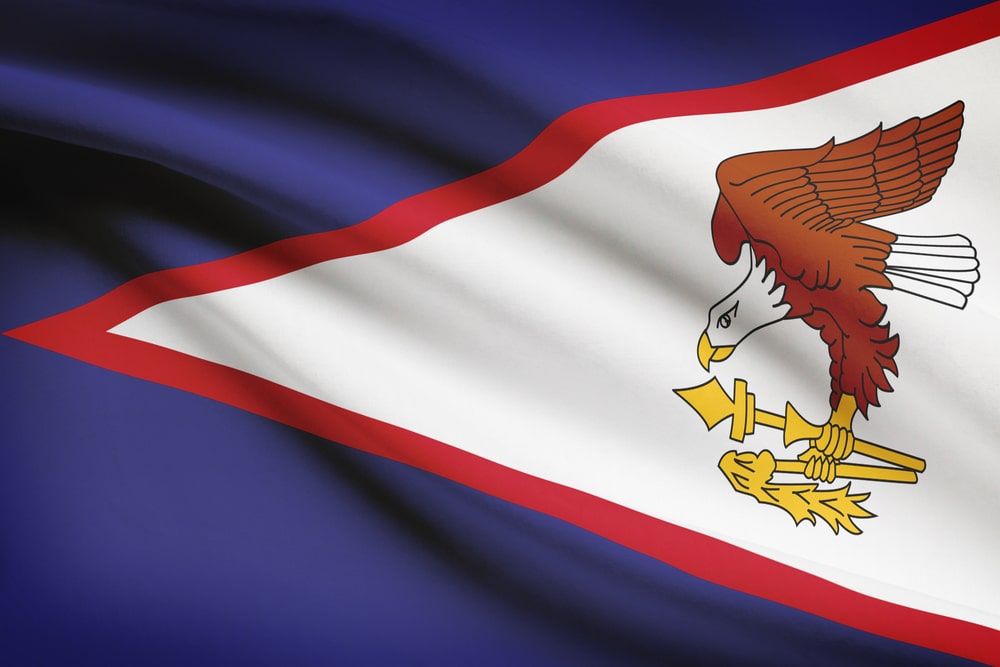American Samoa Bankruptcy Guide

Introduction
American Samoa presents a unique bankruptcy environment within the United States territories, operating under a distinctive legal framework that combines federal bankruptcy principles with territorial law and traditional Samoan customs (fa’a Samoa). Unlike other U.S. jurisdictions, American Samoa does not have a dedicated federal bankruptcy court, instead processing bankruptcies through the High Court of American Samoa in Pago Pago.
This specialized system requires careful navigation of both modern legal requirements and traditional cultural obligations. The bankruptcy process must respect and incorporate fa’a Samoa, including the authority of village councils, extended family relationships, and communal property rights that have shaped Samoan society for generations.
Understanding bankruptcy in American Samoa requires appreciation of the territory’s unique economic landscape, dominated by the tuna industry, traditional agriculture, and tourism. These sectors create specific challenges and considerations for both debtors and creditors within the bankruptcy process.
The intersection of U.S. bankruptcy principles with Samoan cultural practices creates a complex but manageable system designed to provide debt relief while preserving important cultural and community relationships. This guide aims to help navigate these complexities while ensuring respect for both legal requirements and cultural traditions.
For residents considering bankruptcy, it’s crucial to understand that the process here differs significantly from mainland U.S. procedures, requiring specialized knowledge of both territorial law and traditional customs. Working with professionals who understand both aspects can significantly impact the success of your bankruptcy proceeding.

State Bankruptcy Courts
The High Court of American Samoa
The High Court of American Samoa, located in Pago Pago, serves as the primary venue for bankruptcy proceedings in the territory. Unlike other U.S. jurisdictions, there is no separate federal bankruptcy court, making the High Court’s role particularly significant in managing both the legal and cultural aspects of bankruptcy cases.
The court system must balance federal bankruptcy principles with territorial law and traditional Samoan customs. This unique arrangement requires judges and court officials to understand not only bankruptcy law but also fa’a Samoa and its impact on financial obligations and property rights.
Proceedings in the High Court incorporate traditional dispute resolution methods when appropriate, often involving village councils and matai (chiefs) in discussions affecting communal properties or family obligations. This hybrid approach helps ensure that bankruptcy solutions remain culturally appropriate while providing necessary debt relief.
Property Exemptions
Homestead Exemption
American Samoa’s homestead exemption follows federal guidelines while incorporating crucial protections for traditional property rights. Currently set at $27,900 per individual, this exemption extends special consideration to communal land rights and traditional Samoan housing structures.
The territory’s unique property system, heavily influenced by communal ownership and village council oversight, requires careful application of exemption rules. Protection extends beyond typical homestead considerations to include rights in family lands and traditional housing arrangements.
Village council involvement in property matters adds an additional layer of complexity to homestead exemptions, requiring consideration of both legal standards and cultural authority in determining property rights and protections.
Personal Property Exemptions
Personal property exemptions in American Samoa reflect both federal standards and cultural priorities. Vehicle equity protection extends to $4,450, while household goods receive protection up to $14,875 in total value. Traditional ceremonial items and cultural artifacts receive full value protection, recognizing their significance beyond monetary worth.
Fishing equipment, essential to many families’ livelihoods, receives specific consideration within exemption limits. The territory’s dependence on fishing industries influences how these exemptions are applied and interpreted.
Special protection extends to traditional craft tools and cultural artifacts, acknowledging their role in preserving Samoan heritage and supporting traditional economic activities. These exemptions help maintain cultural practices while providing necessary debt relief.
Special Territorial Considerations
Territory-Specific Requirements
Bankruptcy proceedings in American Samoa must adhere to local court procedures while respecting traditional law (fa’a Samoa). This dual requirement creates a unique legal environment where modern bankruptcy principles intersect with ancient cultural practices.
Communal property rights and village council involvement play significant roles in bankruptcy proceedings. Courts must consider the impact of decisions on extended family networks and traditional leadership structures.
Cultural obligations, particularly those involving family and village relationships, receive careful consideration in bankruptcy proceedings. These obligations often influence how assets are treated and how payment plans are structured.
Income Considerations
Income evaluation in American Samoa bankruptcy cases reflects local economic realities as of 2024. The territory’s unique standard of living and extended family obligations significantly influence how income and expenses are assessed.
Traditional support systems and communal economic factors play crucial roles in determining available income for debt repayment. Courts must consider both individual earnings and broader family economic structures.
The territory’s economic dependence on specific industries, particularly tuna processing and fishing, requires special consideration in income calculations. Seasonal variations and industry-specific challenges often impact income stability and repayment capabilities.
Attorney Qualifications
Attorneys practicing bankruptcy law in American Samoa must meet specific requirements beyond typical legal qualifications. Admission to practice before the High Court requires demonstrated understanding of both U.S. bankruptcy principles and fa’a Samoa.
Cultural sensitivity and understanding of traditional dispute resolution methods are essential skills for effective bankruptcy representation. Many successful practitioners maintain proficiency in both English and Samoan languages to better serve their clients.
Legal professionals must navigate complex relationships between modern law and traditional authority structures. Understanding village politics and family relationships often proves as important as legal knowledge in achieving successful outcomes.
Conclusion
Bankruptcy in American Samoa represents a unique blend of U.S. legal principles and traditional Samoan customs. Success in this system requires careful attention to both aspects, ensuring solutions that provide debt relief while respecting cultural obligations and community relationships.
The territory’s distinctive approach to bankruptcy reflects its commitment to preserving traditional values while adapting to modern economic challenges. This balance helps ensure that debt relief remains accessible while maintaining important cultural and community bonds.
Understanding and respecting both legal requirements and cultural considerations proves essential for successful bankruptcy proceedings in American Samoa. Working with qualified professionals who appreciate both aspects can significantly improve outcomes.
The evolving nature of bankruptcy practice in American Samoa continues to demonstrate how traditional values can be preserved while addressing modern financial challenges. This unique system offers valuable lessons for other jurisdictions dealing with cultural preservation in modern legal contexts.
As American Samoa’s economy continues to develop, its bankruptcy system will likely continue evolving to meet new challenges while maintaining its distinctive cultural character. This ongoing evolution demonstrates the territory’s commitment to providing effective debt relief while preserving its rich cultural heritage.
